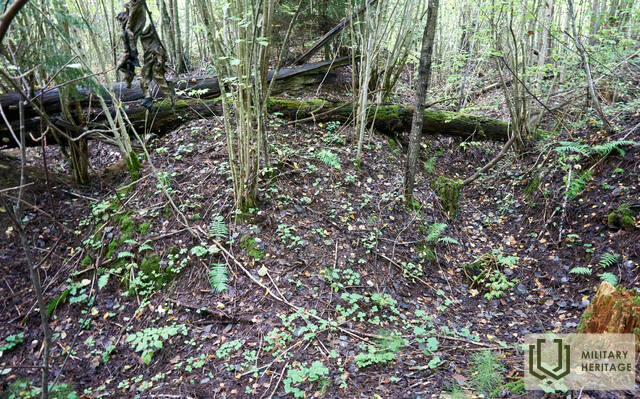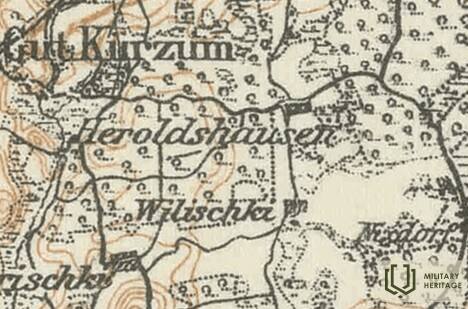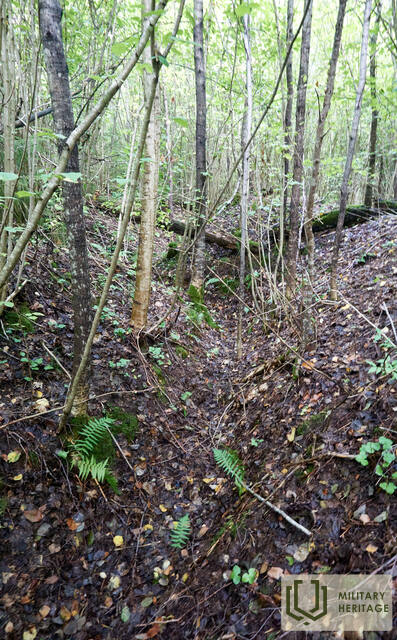Dėl vietovardžių suteikimo karo metu
Kai kariuomenei užimdavo kokią nors teritoriją, ne visada pavykdavo sužinoti konkrečių namų, kaimelių ar kaimų pavadinimus. Vietos gyventojai buvo evakuoti ir nebuvo ko paklausti, todėl vokiečiai buvo linkę vietovėms suteikti savo pavadinimus. Išliko pasakojimas apie namą Viliškuose. Savo atsiminimuose pionierių kuopos vadas pulkininkas leitenantas Kochas, lankęs atsargos karininkų kursus, rašo, kad vienas iš artilerijos dalinių buvo dislokuotas netoli namo.
Baterijos vadas Willi nežinojo namų pavadinimų, todėl juos pavadino savo vardais, pritaikydamas prie vietinių vietovardžių ypatumų. Kadangi Lietuva yra netoliese, prie vietovardžių neretai pridedama galūnė „-ki“ (Biruliški, Kamariški, Ragauniški). Šiuo atveju rezultatas buvo Viliški (vokiškai – Wilischki). Šis vietovardis taip pat buvo įtrauktas į divizijos žemėlapius, o vėliau ir į Vokietijos karinės kartografijos tarnybos išleistą žemėlapį „Karte des westlichen Russlands“ (Vakarų Rusijos žemėlapis, mastelis 1:100 000). Vėlesniuose pokario žemėlapiuose tokio vietovardžio nebėra. Šiuo metu ši vieta atitinka Brāļi namo vietą.
Dažnai vietovės turėjo žinomus pavadinimus, tačiau jie buvo keičiami, kad būtų suprantamesni užsienio valstybėms. Pavyzdžiui, namo pavadinimas „Lejas Ķuzāni“ Rusijos imperijos žemėlapyje buvo įrašytas kaip „Лес-тюзанъ“, tačiau vokiškame žemėlapyje jis jau buvo parašytas kaip Lje Tjusan, ir šis pavadinimas buvo spausdinamas ir ant atvirukų, siunčiamų iš Dauguvos fronto į Vokietiją.
Kita istorija susijusi su gyvenviete ir kalnu Zelta kalnu. Taip dabar vadinamas kaimas Medumu valsčiuje. Antrojo pasaulinio karo metu kalva buvo pavadinta Zelta kalnu, kuri buvo strategiškai patogi vieta (svarbi vietovė). Tuo metu teritorija nuo Zelta kalno buvo matoma iš didelio atstumo. Dėl kalvos vyko įnirtingos kovos, ji kelis kartus keitė puses. 1917 m. liepos mėn. puolime dalyvavo ir vienas iš vadinamųjų mirties batalionų (batalionai, į kuriuos savanoriškai stojo karininkai ir kareiviai, kurie net po revoliucijos tvirtino tęsiantys karą su vokiečiais). Šių mūšių įrodymų galima rasti ir šiandien. 2004 m. liepos 7 d., vykdant žemės darbus Juneliuose, Medumu valsčiuje, buvo aptikti žuvusiųjų palaikai. Gali būti, kad tai buvo buvusios kapinės, kuriose buvo palaidoti Zelta kalno mūšiuose žuvę rusų kareiviai. Žuvusiųjų palaikai buvo perlaidoti brolių kapuose netoli gyvenvietės Līkais tilts.
Tai vienas iš toponimikos pavyzdžių, kai karo įvykiai sukuria vietovės pavadinimą, kuris tampa nuolatiniu.
Šiandien Auksiniame kalne išliko apkasai aplink kalną, taip pat privažiavimo apkasas iš vokiečių pusės. Apkasai yra gana gilūs, o jų laužytas profilis aiškiai matomas – tai buvo tipiškas gynybinis sprendimas, kuris iš tikrųjų nėra pasenęs net ir šiandien.







